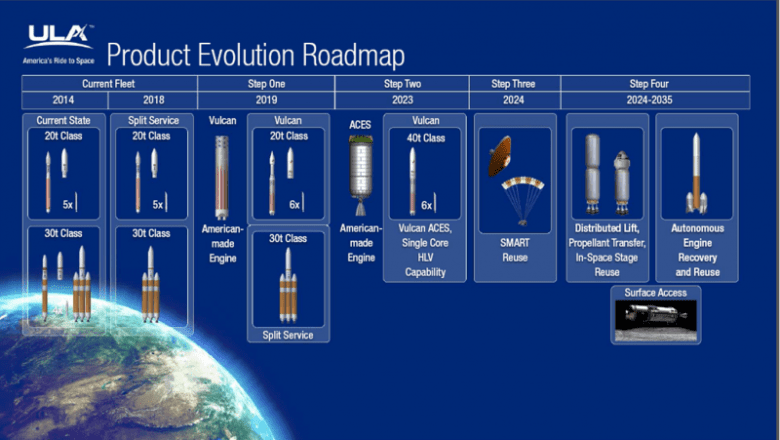On Friday, April 14, 2017, Yuri Vlasov, CEO of the United Rocket and Space Corporation (URSC), stated that the RD-180 engines, which currently power the Atlas V booster, would be delivered to the United States until 2024–2025.
“Today we understand well that we’ll continue delivering American and European astronauts to the ISS [the International Space Station] in the next few years. And we understand well that the delivery of Russian rocket engines [RD-180] for Atlas carrier rockets will be inevitable somewhere until 2024–2025, in our mind, although we have a contract till 2018,” the CEO said at a session of the State Duma’s expert council for the rocket and space industry.
This would seem to be a contradiction of what their customer for the engines, United Launch Alliance (ULA), says will happen.
Additionally, Congress and the Department of Defense have called for the discontinuation of the use of Russian-built rocket engines.
The RD-180 engine’s roots lie in the RD-170 engine. That engine was designed and used for the Energia heavy-lift launch vehicle, which also served as the booster for the short-lived Buran Space Shuttle.
Energia used four RD-170 engines, one on each of its four strap-on boosters. The RD-170 was originally a four chamber engine; afterward, when it was changed to a two chamber design, it became the RD-180.
The RD-180 engines have been used on American rockets since 2000, with the first engines powering the Lockheed Martin Atlas III before being used on its successor – the Atlas V.
ULA’s new rocket, named the Vulcan, is scheduled to debut in 2019 and will replace the reliable Atlas V booster.
Vulcan will be powered by an engine built in the United States by an American corporation. Two companies have engines in development that could be used for the new rocket.
Blue Origin is in the final phases of building its BE-4 rocket engine. Originally slated for used on its new launcher named New Glenn, development of the engine began in 2012.
In 2014, ULA entered into a partnership with Blue Origin to continue the development of the new engine. That partnership gives ULA the ability to use it to replace the RD-180.
The BE-4 engine is powered by Liquefied Natural Gas (LNG), also known as Methane, and Liquid Oxygen (LOx) as its oxidizer. Each engine produces 550,000 pounds-force (2446.5 kilonewtons) of thrust at sea level – more powerful than a Space Shuttle Main Engine (SSME) – which will give the Vulcan rocket 1.1 million pounds-force (4,893 kilonewtons) of thrust at liftoff.
Blue Origin CEO Jeff Bezos expects that first full static test of the BE-4 will happen very soon.
Aerojet Rocketdyne is the other company building a new engine to potentially be used on the Vulcan. Its AR-1 engine, while being in development since 2014, doesn’t seem to be quite as far along as the BE-4. They recently completed successful testing of the engine’s staged combustion system, but not a full static test of the entire engine.
The AR-1 is powered by highly refined kerosene (RP-1) and liquid oxygen. While still a powerful engine, it produces 50,000 pounds-force (222.4 kilonewtons) of thrust less than the BE-4.
Regardless of which engine ULA chooses to go with, it appears that the target year of 2019 for the new Vulcan to fly is still very attainable. If Vulcan flies on schedule, it would mean that the Atlas V rocket – and, therefore, the RD-180 engine – being used well past 2019 would appear unlikely.
About Author




